Category Archives: Early Spring
Early Spring Gardener’s Calendar
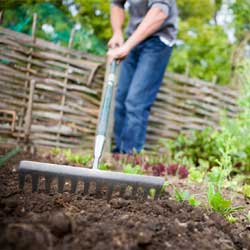 * Plan your summer vegetable and herb garden. We offer a wide selection of seeds that include all of your favorite annuals, perennials, vegetables and other novelties as well as many hard-to-find selections. Inventory your pots and flats and discard unusable ones. Make a list of the supplies you will need. Have your garden soil […]
* Plan your summer vegetable and herb garden. We offer a wide selection of seeds that include all of your favorite annuals, perennials, vegetables and other novelties as well as many hard-to-find selections. Inventory your pots and flats and discard unusable ones. Make a list of the supplies you will need. Have your garden soil […]
Cultivating A Passion for Garden Photography
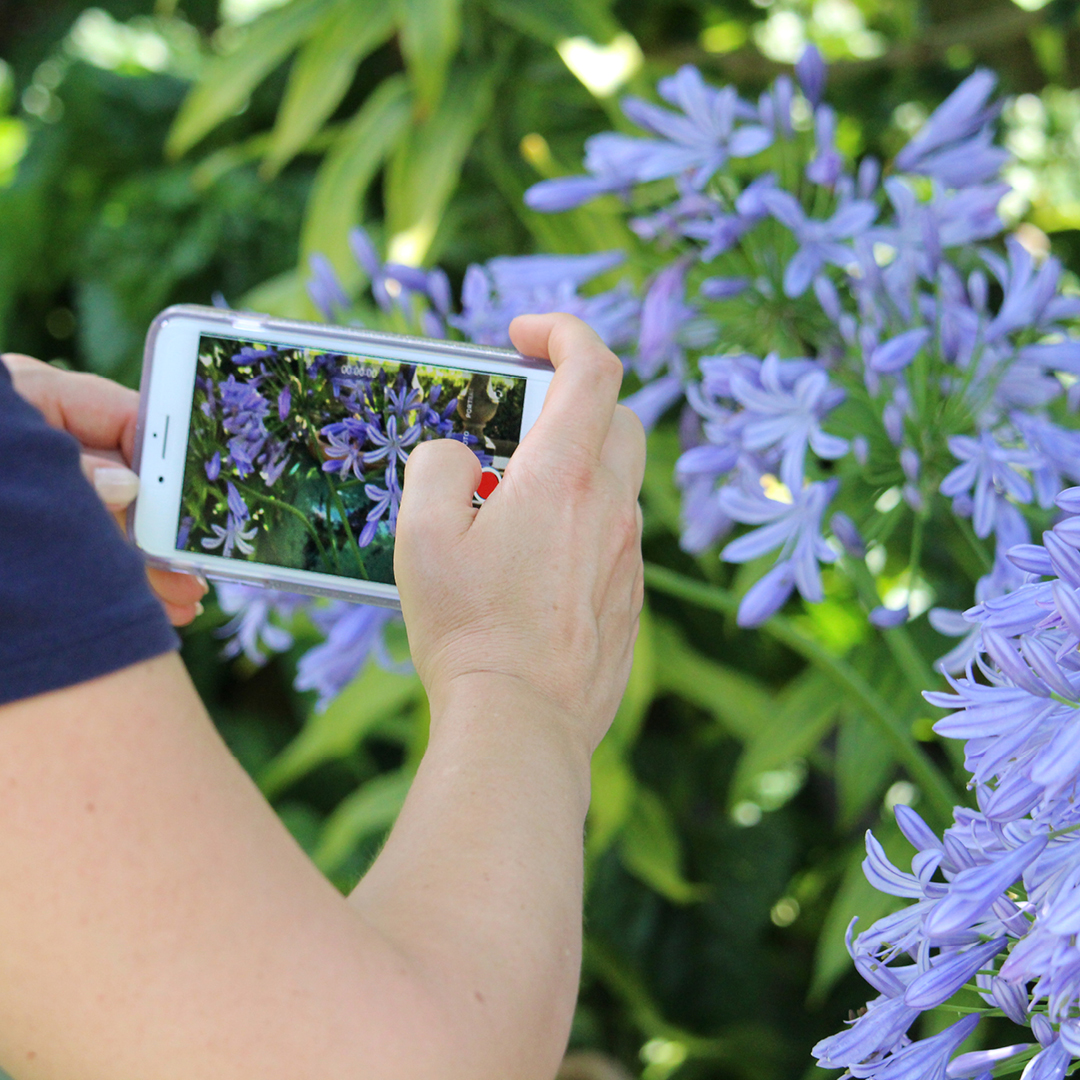 Does your gardening passion include taking photos of your plants and progress? Capturing the beauty of a garden through photography is a gratifying experience that allows one to freeze moments of natural splendor in time. With cell phones, it couldn’t be easier. Whether it’s the vibrant hues of blooming flowers, the delicate dance of butterflies, […]
Does your gardening passion include taking photos of your plants and progress? Capturing the beauty of a garden through photography is a gratifying experience that allows one to freeze moments of natural splendor in time. With cell phones, it couldn’t be easier. Whether it’s the vibrant hues of blooming flowers, the delicate dance of butterflies, […]
Preserving The Magic of Fireflies
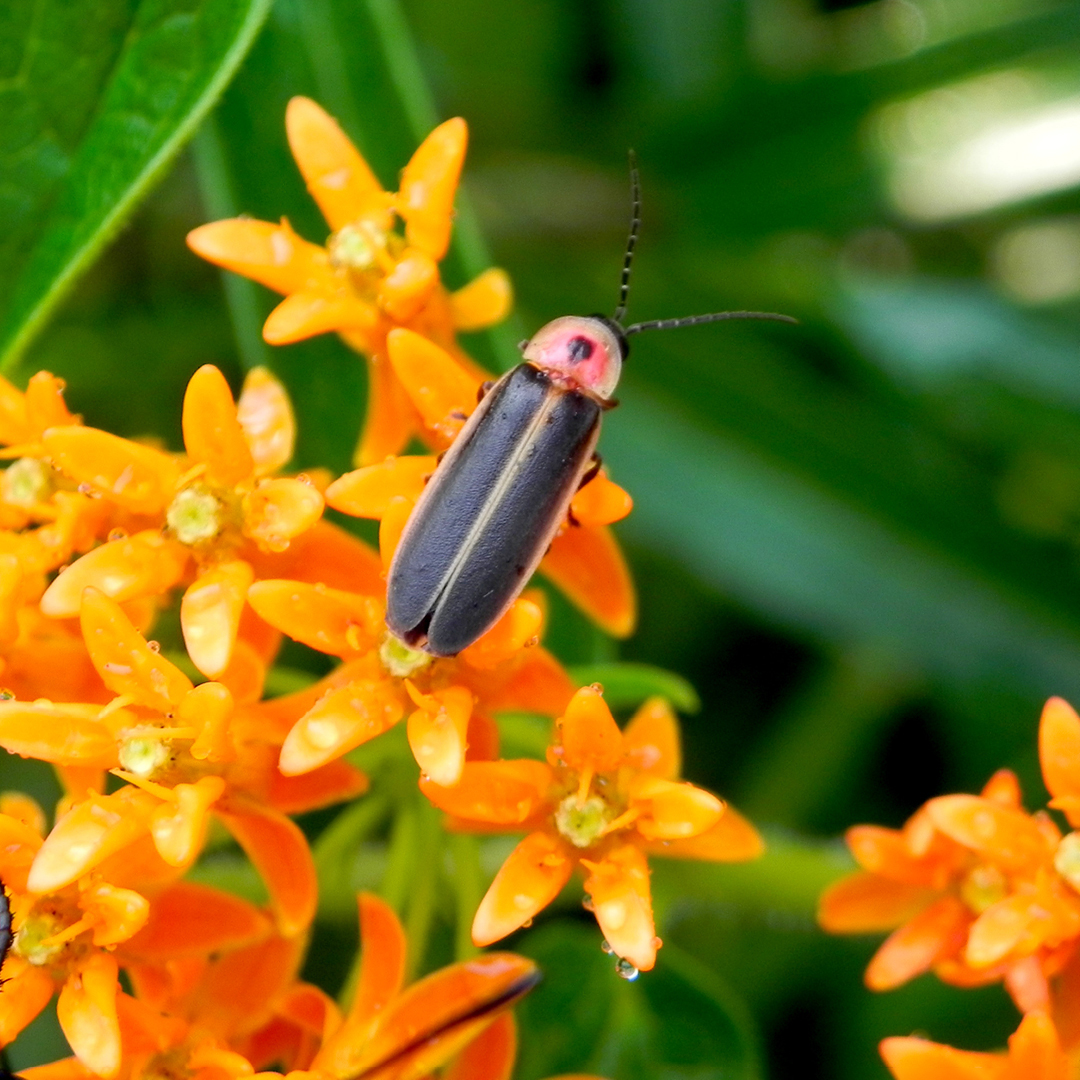 In the enchanting sky of summer nights, few sights rival the mesmerizing dance of the firefly or lightning bug to some. Those tiny exhibitionists of light, flickering in the darkness, have charmed generations with their effervescent brilliance. But a sobering truth looms: the once-abundant glow of these beloved insects is fading, their numbers dwindling as […]
In the enchanting sky of summer nights, few sights rival the mesmerizing dance of the firefly or lightning bug to some. Those tiny exhibitionists of light, flickering in the darkness, have charmed generations with their effervescent brilliance. But a sobering truth looms: the once-abundant glow of these beloved insects is fading, their numbers dwindling as […]
How To Succeed At Seed-Starting
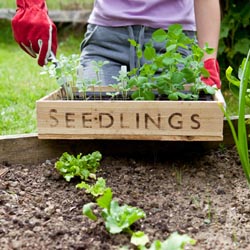 It’s easy to buy seedlings, but there are many reasons why you may wish to start your own plants. By starting your own seeds, you have a much greater selection of flowers, vegetables and herbs to choose from. For example, old favorites like hollyhocks and less common varieties of herbs and perennials as well as […]
It’s easy to buy seedlings, but there are many reasons why you may wish to start your own plants. By starting your own seeds, you have a much greater selection of flowers, vegetables and herbs to choose from. For example, old favorites like hollyhocks and less common varieties of herbs and perennials as well as […]
Cool Wave Pansy
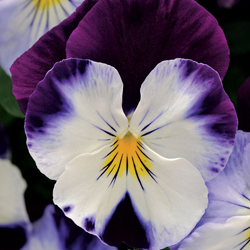 Make way for Cool Wave Pansy! New and improved, bigger and brighter, the familiar little monkey-faced pansy is the new garden darling. These flowers are even more versatile and easier than ever, and ideal for so many beautiful landscaping options. New Pansies Cool Wave Pansy is a relatively new cultivar that has so much to […]
Make way for Cool Wave Pansy! New and improved, bigger and brighter, the familiar little monkey-faced pansy is the new garden darling. These flowers are even more versatile and easier than ever, and ideal for so many beautiful landscaping options. New Pansies Cool Wave Pansy is a relatively new cultivar that has so much to […]
Endless Summer® Hydrangeas
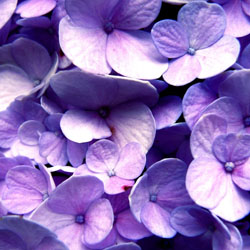 Do you love the look of large, stunning hydrangeas? Do they evoke wistful images of summer and floral nostalgia? Don’t you wish they would last longer in the landscape? Unfortunately, many hydrangeas have relatively short bloom cycles, but there are amazing cultivars you can investigate that provide longer lasting blooms without losing any of their […]
Do you love the look of large, stunning hydrangeas? Do they evoke wistful images of summer and floral nostalgia? Don’t you wish they would last longer in the landscape? Unfortunately, many hydrangeas have relatively short bloom cycles, but there are amazing cultivars you can investigate that provide longer lasting blooms without losing any of their […]
Acid-Loving Plants
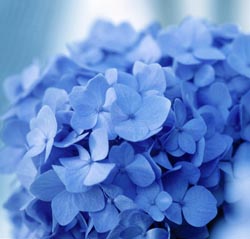 Soil pH is a critical factor for gardening success. Some plants thrive in neutral soil while other plants prefer soil on the acidic side. The difference lies in the plant’s ability to use nutrients present in the soil. For plants that prefer an acidic soil a critical nutrient is iron. Iron is most easily available […]
Soil pH is a critical factor for gardening success. Some plants thrive in neutral soil while other plants prefer soil on the acidic side. The difference lies in the plant’s ability to use nutrients present in the soil. For plants that prefer an acidic soil a critical nutrient is iron. Iron is most easily available […]
Heath or Heather
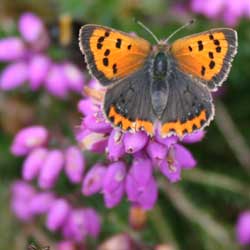 Often mistaken for one another, heath (Erica) and heather (Calluna) look amazingly similar. To confuse things further, heath is frequently referred to as “spring heather” and some landscapers, garden centers and nurseries may use the names interchangeably. Both types of plants belong to the Ericaceae family, and they share many similarities. Which is Which? The […]
Often mistaken for one another, heath (Erica) and heather (Calluna) look amazingly similar. To confuse things further, heath is frequently referred to as “spring heather” and some landscapers, garden centers and nurseries may use the names interchangeably. Both types of plants belong to the Ericaceae family, and they share many similarities. Which is Which? The […]
Pre-Emergent Control of Crabgrass
 Did you have a crabgrass problem last year? Well, chances are, it’s gonna be even worse this year! Crabgrass is an annual lawn weed that dies once a hard frost hits. The main problem with this pest is the tenacious seed that it leaves behind after it blooms. Early spring is the season to control crabgrass […]
Did you have a crabgrass problem last year? Well, chances are, it’s gonna be even worse this year! Crabgrass is an annual lawn weed that dies once a hard frost hits. The main problem with this pest is the tenacious seed that it leaves behind after it blooms. Early spring is the season to control crabgrass […]
Nurturing Spring Bulbs
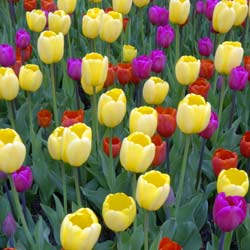 Spring bulbs faithfully reappear at the most advantageous time – after a long, cold winter, just when we’re longing for bright colors to relieve the monotony of winter snow and ice. Most spring bulbs are perennial and multiply in number every year, bringing more beauty to the flowerbeds each spring, but some problems can destroy […]
Spring bulbs faithfully reappear at the most advantageous time – after a long, cold winter, just when we’re longing for bright colors to relieve the monotony of winter snow and ice. Most spring bulbs are perennial and multiply in number every year, bringing more beauty to the flowerbeds each spring, but some problems can destroy […]

